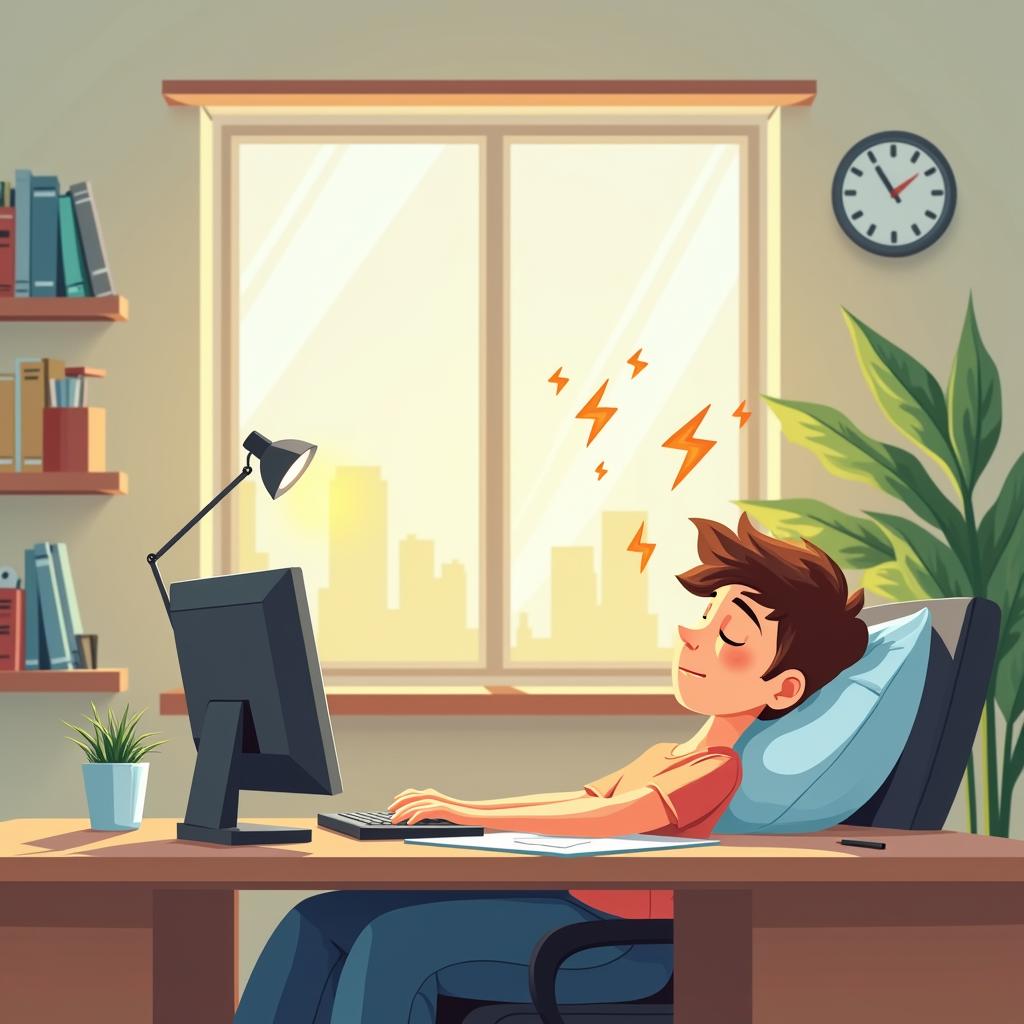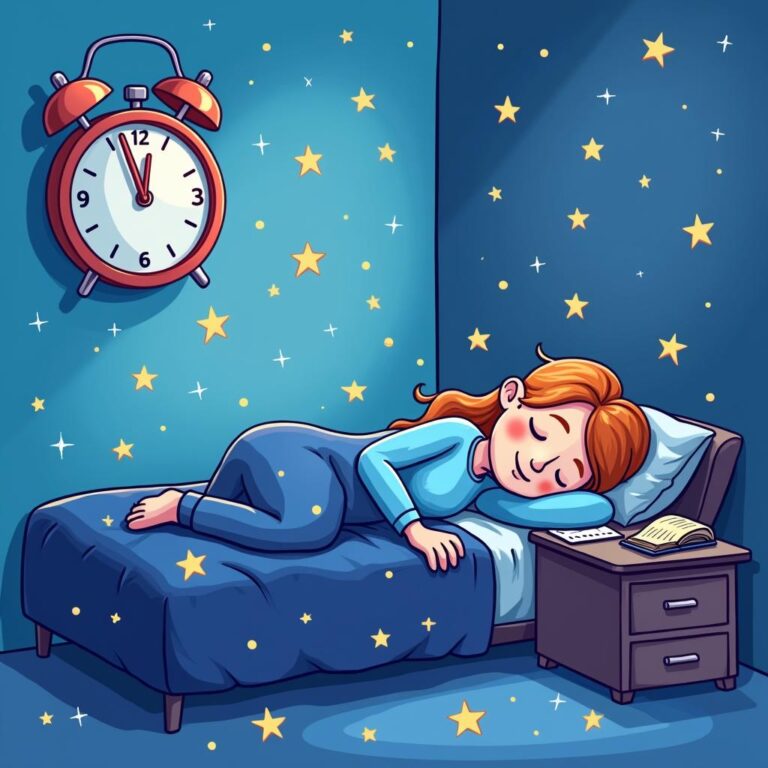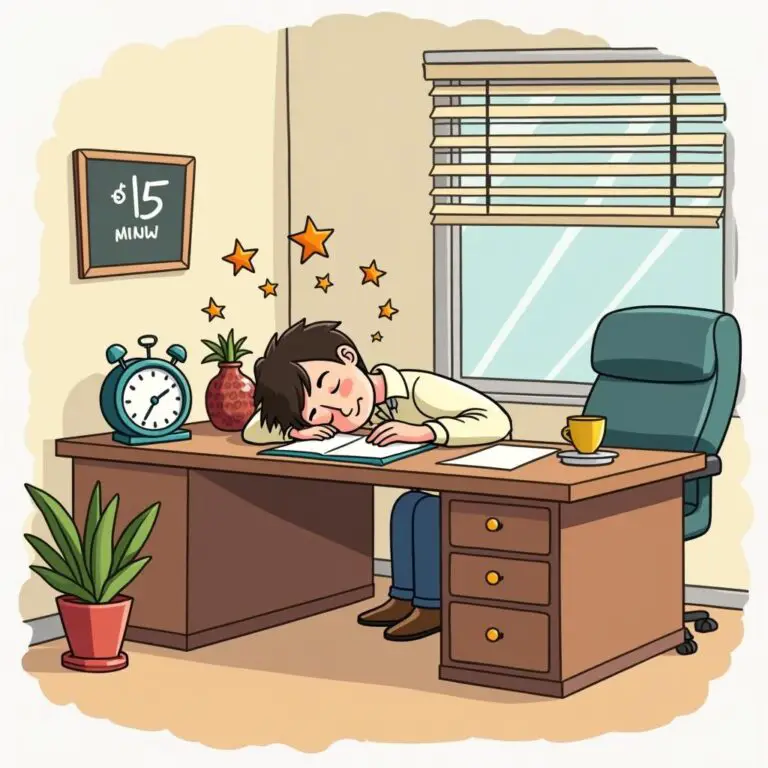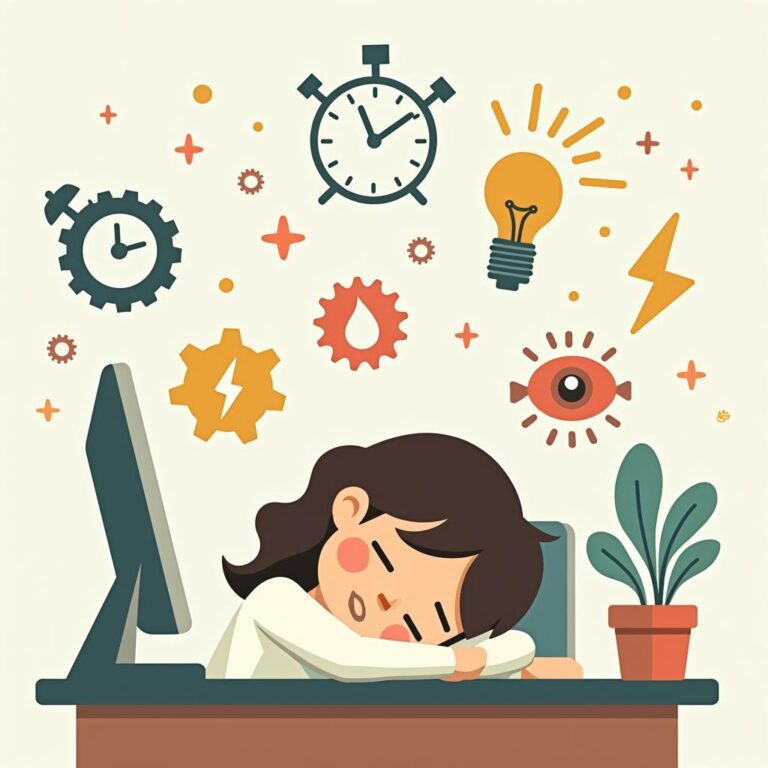In our fast-paced world, where demands from work and daily life can be overwhelming, the importance of rest cannot be overstated. One of the simplest yet most effective ways to recharge and enhance productivity is through an afternoon nap. However, many people are unaware of the ideal length for an afternoon nap to maximize its benefits. This article explores the best afternoon nap length for an energy boost and overall well-being.
Understanding the Science Behind Napping
Napping can be an ally in combating fatigue and enhancing cognitive function. Research shows that short naps can improve alertness, mood, and performance. The science of napping is rooted in our natural sleep cycles, which can heavily influence how effective a nap is in revitalizing our bodies and minds.
During sleep, we progress through various stages: light sleep, deep sleep, and REM (Rapid Eye Movement) sleep. The duration of a nap impacts which of these stages we enter. The best afternoon nap length focuses on maximizing the benefits while minimizing grogginess upon waking.
Recommended Nap Durations
Different nap lengths serve varying purposes. Here’s the breakdown:
- 10 to 20 Minutes: Often referred to as a “power nap,” this short duration keeps you in the lighter stages of sleep. It’s ideal for a quick boost in alertness and is beneficial if you need to be active shortly after. POWER naps are excellent for improving mood and cognitive abilities without causing sleep inertia.
- 30 Minutes: While a little longer than a power nap, be cautious; waking up during deep sleep may leave you feeling groggy. However, if you can wake up after the initial phases, a 30-minute nap can help improve memory and learning skills.
- 60 Minutes: This duration often includes the deep sleep stage, which can enhance memory consolidation and problem-solving abilities. Upon waking, you might experience some grogginess, but the benefits for cognitive function are substantial.
- 90 Minutes: A full sleep cycle lasts about 90 minutes and allows your body to traverse through light sleep, deep sleep, and REM. Waking up after a full cycle can leave you feeling refreshed without grogginess, making it ideal for those looking for longer naps.
Optimal Nap Length for Different Situations
Understanding when and how long to nap can significantly impact its effectiveness. Here are some scenarios:
Short Breaks During Work
If you’re looking to boost your afternoon energy during work hours, a 10 to 20-minute nap may be the best choice. This power nap can quickly refresh your mind, making it easier to tackle tasks, brainstorm ideas, or engage in creative thinking.
Studying or Learning
For students or individuals engaged in learning new material, taking a 60-minute nap can offer cognitive benefits. This duration allows the brain to process information and strengthens memory retention, making it easier to recall later.
After a Sleep-Deprived Night
A longer 90-minute nap is ideal if you’ve missed out on adequate sleep. This allows your body to complete a full sleep cycle, promoting recovery and reducing fatigue without the dreaded grogginess.
On Weekends or Days Off
Weekend naps can be longer since you don’t have to rush back to daily responsibilities. A 60 to 90-minute nap can certainly rejuvenate you and recharge for social activities or projects around the house.
Factors to Consider for the Best Afternoon Nap Length
While determining the optimal length for your nap, consider various factors that can influence the quality and effectiveness of your rest:
Your Personal Sleep Patterns
Understanding your unique sleep patterns is paramount. Some individuals may naturally feel revitalized after a power nap, while others might require longer naps to feel refreshed.
Time of Day
The timing of your nap plays a critical role. Early afternoon, typically between 1 PM and 3 PM, aligns well with our circadian rhythms, making it an ideal time for napping.
Sleep Hygiene
Engaging in good sleep practices during nighttime sleep can enhance how beneficial your afternoon naps are. Ensure you maintain a regular sleep schedule and create a comfortable, quiet environment for napping.
Potential Downsides of Napping
While napping has various benefits, it is important to be aware of potential downsides:
Sleep Inertia
This phenomenon refers to the groggy feeling some people experience after waking from a long nap. To combat this, limit nap duration to 20 to 30 minutes, or if longer naps are required, aim to complete a full sleep cycle (90 minutes).
Disruption of Nighttime Sleep
Napping too late in the day or for too long can disrupt your nighttime sleep. Be mindful of when and how long you nap to avoid issues with insomnia or poor sleep quality.
Conclusion
Finding the best afternoon nap length is crucial for maximizing energy and productivity throughout the day. While 10 to 20 minutes is generally effective for a quick refresh, longer naps can serve various specific needs and circumstances. By being mindful of your personal requirements, day-to-day situations, and potential downsides, you can harness the power of napping to rejuvenate your mind and body. In today’s busy world, an afternoon nap could be the ultimate game-changer, allowing you to do more while feeling your best.







